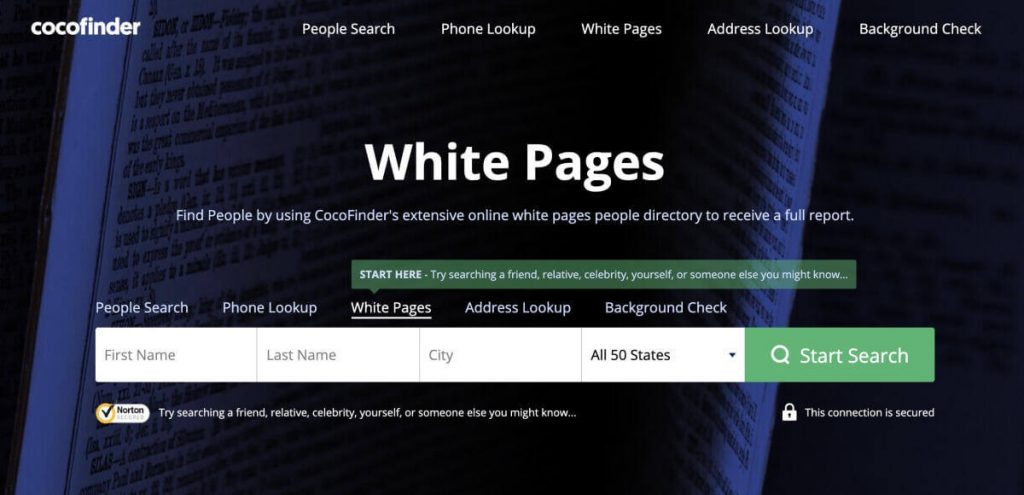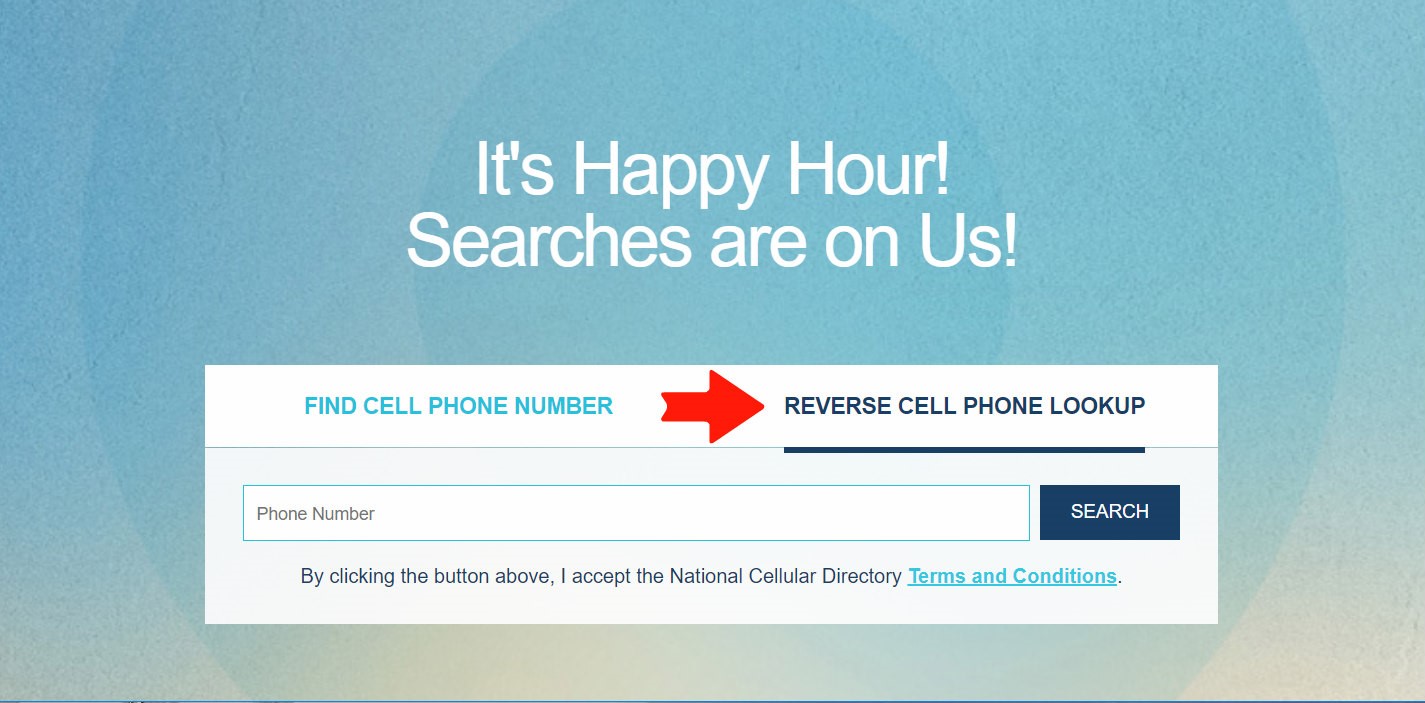
Moses Greeley Parker suggested the format of the telephone directory be changed so that subscribers appeared in alphabetical order and each telephone be identified with a number. The directory was not alphabetized and no numbers were associated with the people included in it. The first telephone directory, consisting of a single piece of cardboard, was issued on 21 February 1878 it listed 50 individuals, businesses, and other offices in New Haven, Connecticut that had telephones. Books listing the inhabitants of an entire city were widely published starting in the 18th century, before the invention of the telephone. Telephone directories are a type of city directory. The first telephone directory, printed in New Haven, Connecticut, United States, in November 1878 The combination of phone number lookups, along with Internet access, was offered by some service providers VoIP (Voice over IP) was am additional feature. īoth provide a reverse lookup feature (by phone number or by address), albeit involving up to five CD-ROMs.

These were not a matter of a single click: PhoneDisc, depending on the mix of Residential, Business or both, involved up to eight CD-ROMs. Selectphone (ProCD) Inc.) and PhoneDisc (Digital Directory Assistance Inc) were among the earliest such proucts.
#WHITE PAGES PHONE LOOKUP FREE#
Printed directories were usually supplied free of charge. In many countries directories are both published in book form and also available over the Internet. In the latter case, the directory can be on physical media such as CD-ROM, or using an online service through proprietary terminals or over the Internet. Telephone directories can be published in hard copy or in electronic form. Other colors may have other meanings for example, information on government agencies is often printed on blue pages or green pages. (These listings are often published separately, in a city directory, or under another name, for a price, and made available to commercial and government agencies.)

Efforts to create cellular directories have met stiff opposition from several fronts, including those who seek to avoid telemarketers.

In the US, under current rules and practices, mobile phone and voice over IP listings are not included in telephone directories.
#WHITE PAGES PHONE LOOKUP CODE#
There may be transit maps, postal code/zip code guides, international dialing codes or stadium seating charts, as well as advertising. It may also have civil defense or emergency management information.
#WHITE PAGES PHONE LOOKUP HOW TO#
Ī telephone directory may also provide instructions: how to use the telephone service, how to dial a particular number, be it local or international, what numbers to access important and emergency services, utilities, hospitals, doctors, and organizations who can provide support in times of crisis. In principle every subscriber in the geographical coverage area is listed, but subscribers may request the exclusion of their number from the directory, often for a fee their number is then said to be "unlisted" ( US and Canada), "ex-directory" ( British English), or "private" (Australia and New Zealand). Subscriber names are generally listed in alphabetical order, together with their postal or street address and telephone number.


 0 kommentar(er)
0 kommentar(er)
